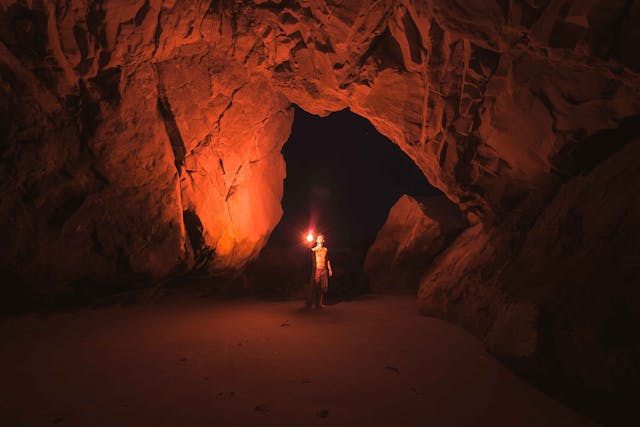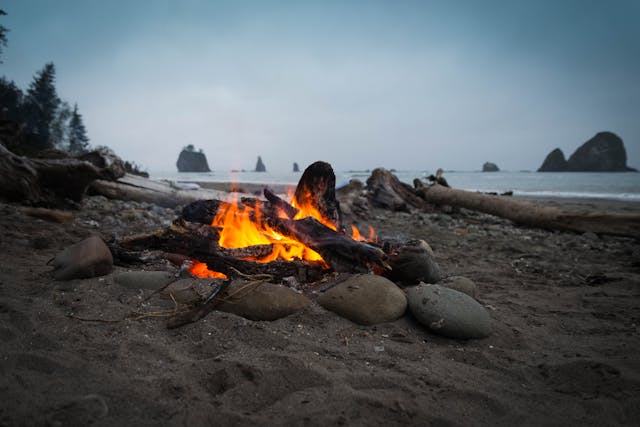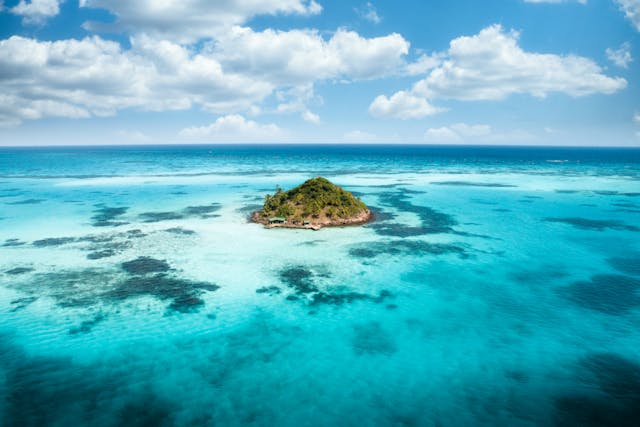Ahoy, fellow adventurers! If you’re reading this, chances are you’re interested in adventure, survival, and all things off the beaten path. Today, we’re diving into the ultimate survival scenario: being stranded on a deserted island after a shipwreck. While it might sound like something out of a movie, knowing what to do in such a situation could mean the difference between life and death. Here’s a guide on the first things you should do if you find yourself stranded without any equipment or supplies.
1. Stay Calm and Assess the Situation
The first and most crucial step is to stay calm. Panic can cloud your judgment and lead to bad decisions. Take a moment to breathe, gather your thoughts, and assess your surroundings. Look for potential dangers, such as cliffs, sharp rocks, or aggressive wildlife, and steer clear of them.
Next, take inventory of anything you might have on you, like clothing or any items that washed up with you. Even the smallest thing could be useful later. For example, a shoelace can be used as cordage, a belt buckle might help reflect sunlight for signaling, and a plastic bottle can serve as a makeshift container for water.
2. Secure Fresh Water
Water is your top priority. The human body can survive for weeks without food, but only a few days without water. Start by searching for fresh water sources like streams, rivers, or rainwater caught in natural containers like leaves or rock depressions.
If you can’t find fresh water, your next best option is to create a makeshift water still. Dig a hole in the ground, place a container—or even your cupped hands—in the center, and cover the hole with a plastic sheet if you have one, or large leaves. Place a small rock in the center of the sheet to create a dip, allowing condensation to collect and drip into your container.

3. Find or Create Shelter
Once you’ve secured water, it’s time to think about shelter. Protecting yourself from the elements is crucial for your survival. Look for natural shelters, such as caves or overhangs, but be cautious of animals or insects that might have already claimed the space.
If natural shelters aren’t available, gather materials to build your own. Look for large branches, leaves, and vines to create a lean-to, which is a simple structure made by leaning branches against a sturdy frame, such as a fallen tree or rock. You can also build a debris hut by piling leaves, branches, and other debris to create an insulated structure. Your shelter should provide insulation from the wind and rain and help you maintain body heat.
4. Build a Fire
Fire serves many purposes: it provides warmth, allows you to purify water, cooks food, and can signal rescuers. To start a fire without equipment, gather dry tinder (like leaves, bark, or small twigs), kindling (slightly larger sticks), and fuel wood (larger logs).
You can start a fire using the bow drill method, where you create friction between a spindle (a stick) and a fireboard (a flat piece of wood) to produce an ember. Transfer the ember to your tinder bundle and blow gently to ignite it.

5. Signal for Help
While your immediate focus is on survival, you should also consider how to signal for help. Create large, noticeable signs on the beach, such as “SOS” written in the sand or with rocks. Smoke from your fire can also act as a signal. Keep your fire burning during the day to create a smoke signal visible from a distance. At night, it’s safer to conserve fuel, so you can allow the fire to die down or keep it small unless you’re in immediate danger of hypothermia.
If you have any reflective objects, like a mirror or a piece of metal, use them to catch the sun and signal passing planes or ships.
6. Find Food
While food isn’t your first priority, you’ll eventually need to find sustenance. Start by searching for edible plants, fruits, and nuts. Be cautious and avoid anything unfamiliar unless you’re certain it’s safe to eat.
Fishing is another option. If you’re near the coast, look for shallow tide pools where fish or shellfish might be trapped. You can create a simple spear from a sharpened stick. To sharpen a stick, find a hard surface like a rock, and scrape the end of the stick until it forms a point. Alternatively, use the heat from your fire to harden the tip, making it more durable.
7. Stay Positive and Keep Moving
Mental resilience is just as important as physical survival. Stay positive and keep your spirits up, even when things seem bleak. Keep moving and stay busy—whether it’s improving your shelter, gathering food, or exploring the island for resources. Keeping your mind occupied can prevent despair from setting in. Singing or talking to yourself can be surprisingly effective for maintaining morale, as it creates a sense of normalcy in an otherwise isolating situation.

Final Thoughts
Surviving on a deserted island is no easy task, but with the right mindset and some basic knowledge, it’s possible to endure until rescue arrives. Remember to prioritize your needs: water, shelter, fire, and food, in that order. And most importantly, never give up hope. Your survival depends not only on your skills but also on your will to keep going, no matter the odds.
Thanks for stopping by GertieBlu! Hopefully, you’ll never need to use this advice—but if you do, you’ll be prepared to survive and thrive. Stay adventurous and stay safe!









